Keeping something up to date without significantly changing what it is in the process isn’t an easy brief. Just ask any ageing rock musician, grand hotel proprietor… or car maker.
Everything must change, of course, and only products that are relevant and well attuned to their purpose can retain their value.
The Autocar road test has changed quite a lot over what we now know to be more than a century, taking in close to 6000 fully instrumented tests. Its content has necessarily morphed and developed as the cars it was conceived to scrutinise have evolved.
If it hadn’t, we’d still be fretting over how much physical pedal effort it takes to stop a Porsche 911 GT3 from 70mph, or how much engine oil the latest Volkswagen Golf GTI might consume in a week.
As the automotive landscape has changed quite radically over the past 10 years, we’re now making a few more changes to the road test, so that it can continue to provide what we believe to be the best, most relevant and most thorough assessment of a new car anywhere in the world.
We were also delighted to find out, as a result of a recent reader survey, that you broadly agree with these sentiments, and rank the road test among the most valuable and successful things that Autocar does. The road test editor thanks you for the vote of confidence (we like it too, btw).

So now, apart from everything else, you’ll be getting more road tests. In place of one per issue, more often than not you’ll be getting two from now on – one of six pages in length, the other four.
When there’s a test subject enticing, interesting or significant enough to justify it, you’ll get one test of 10 pages instead. Over the course of a typical month, we reckon we’ll be delivering 60-80% more instrumented tests than before.

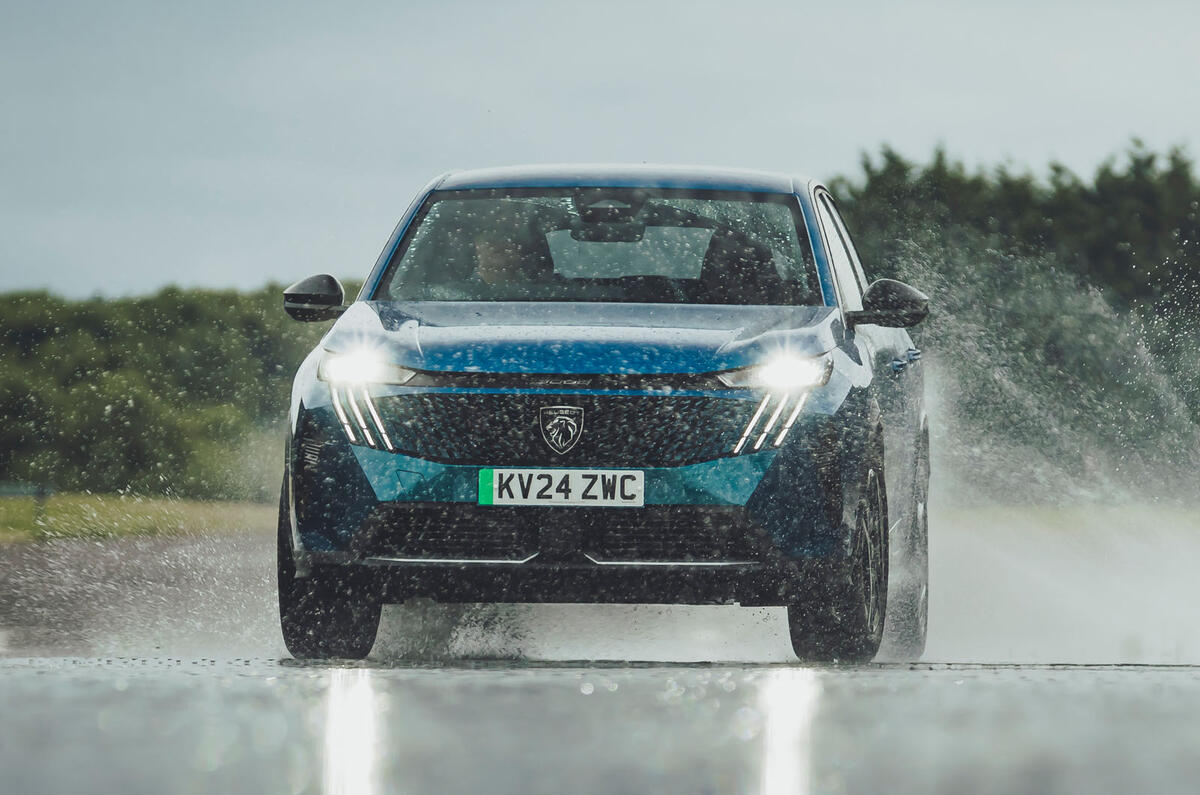
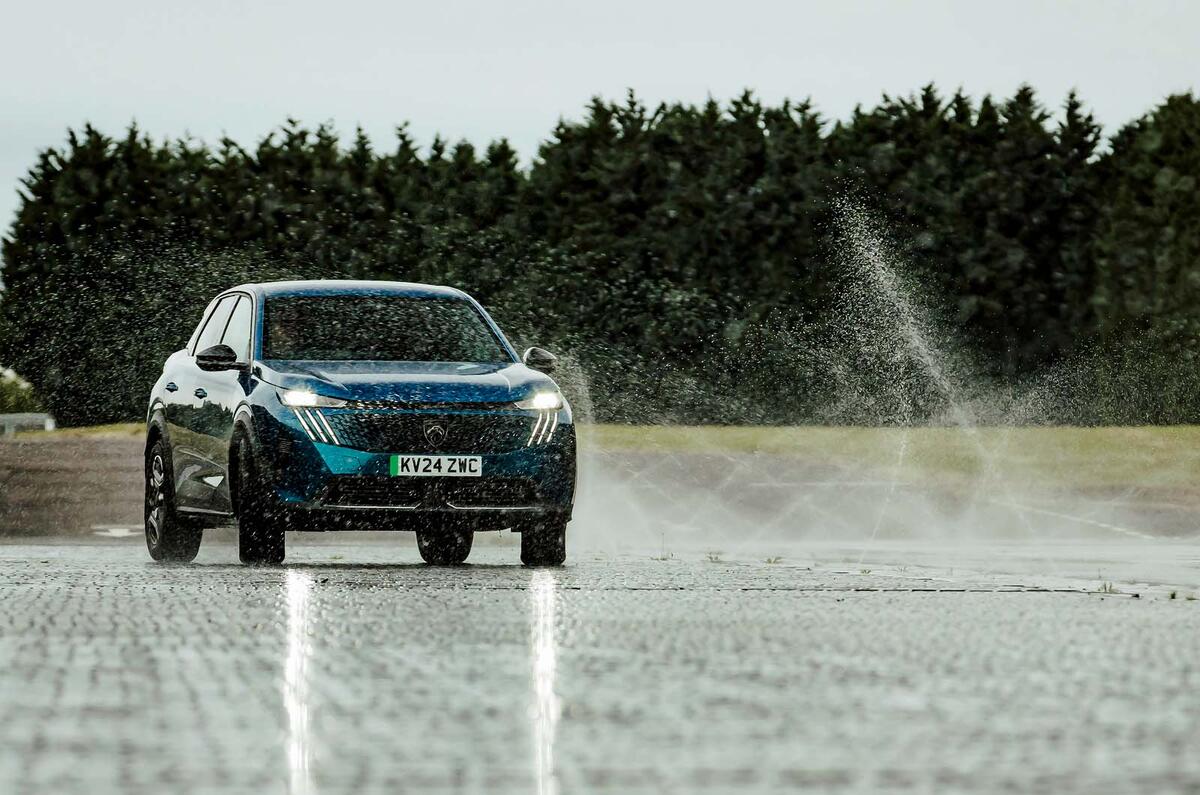
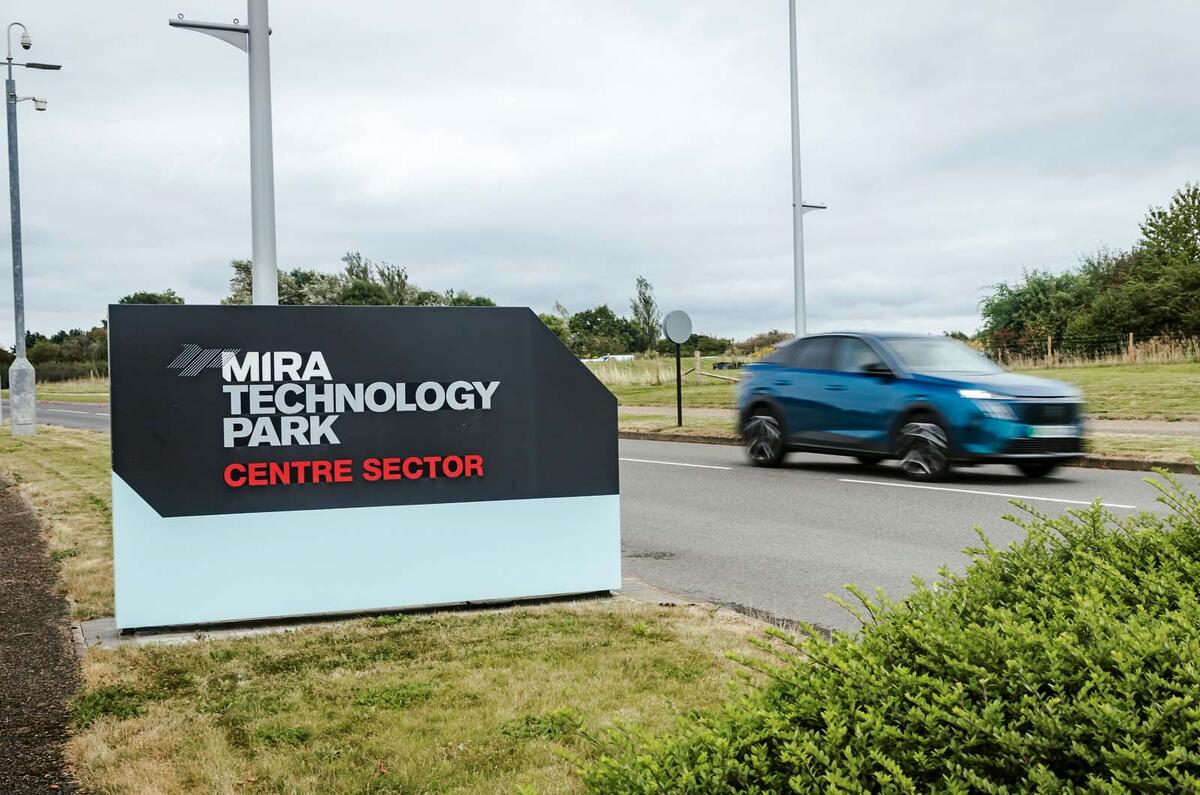
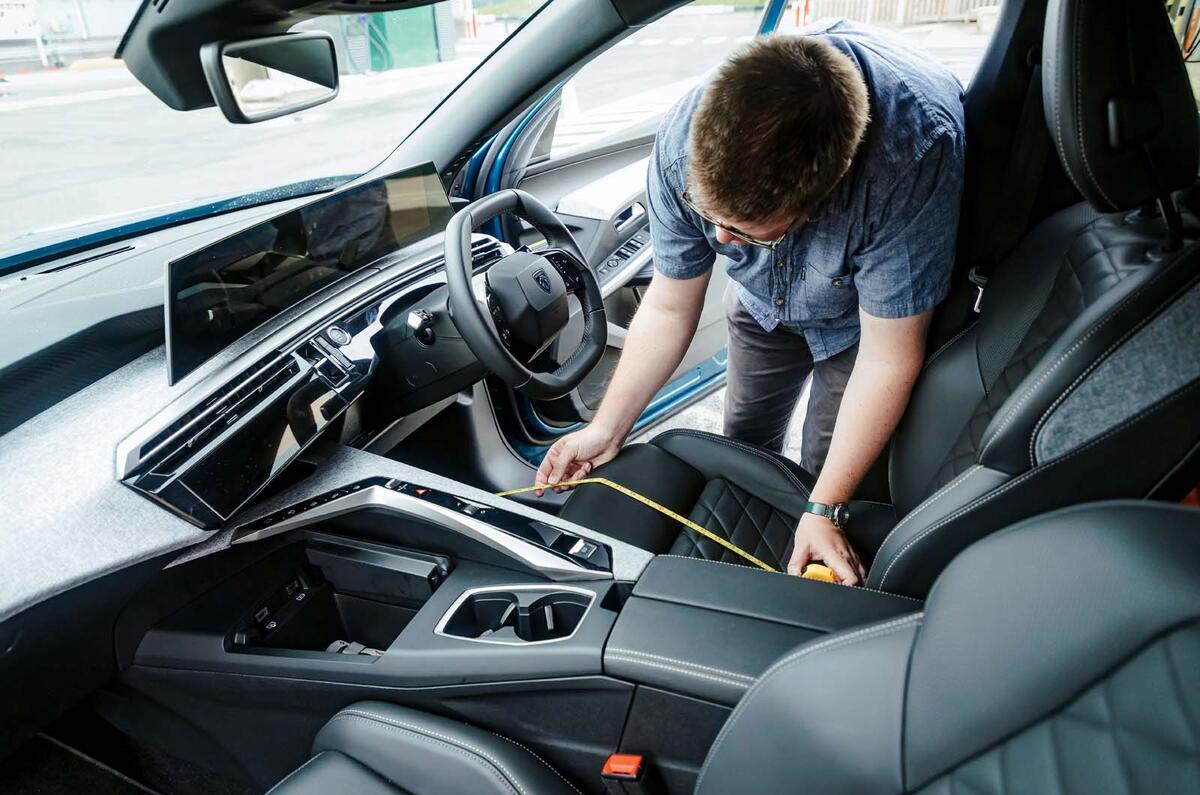
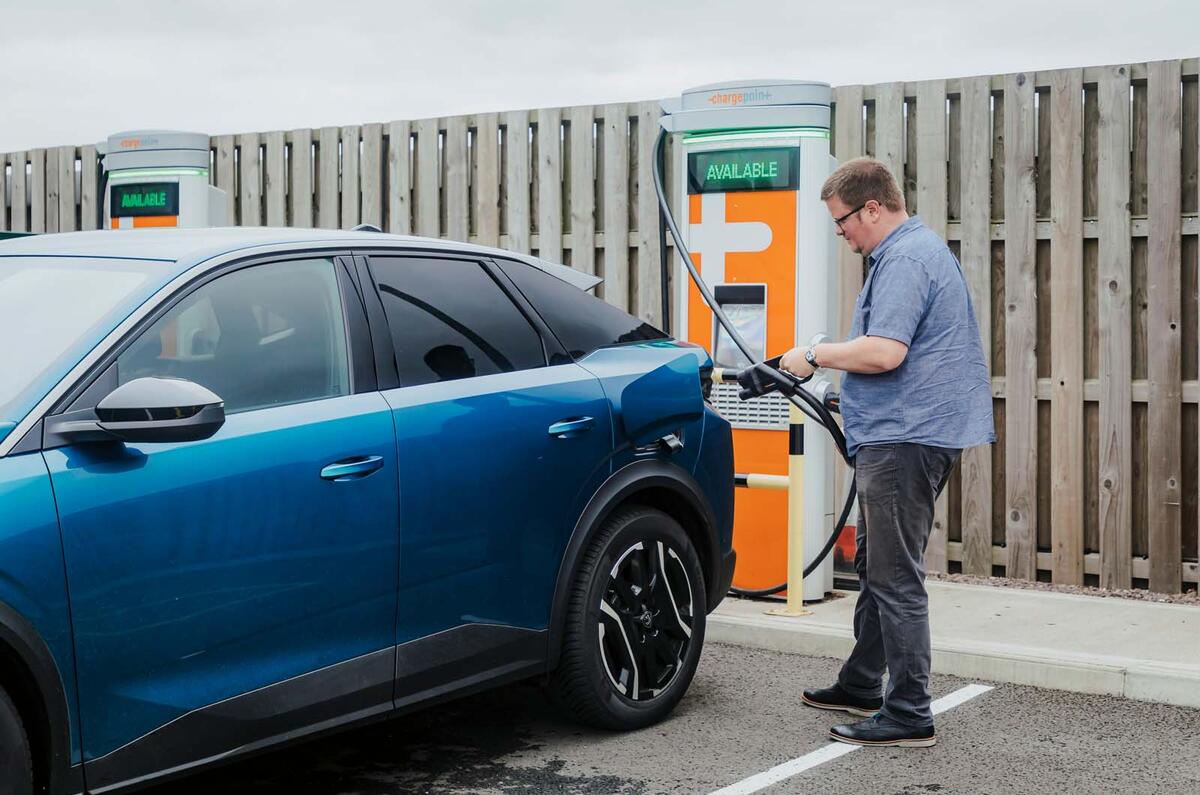
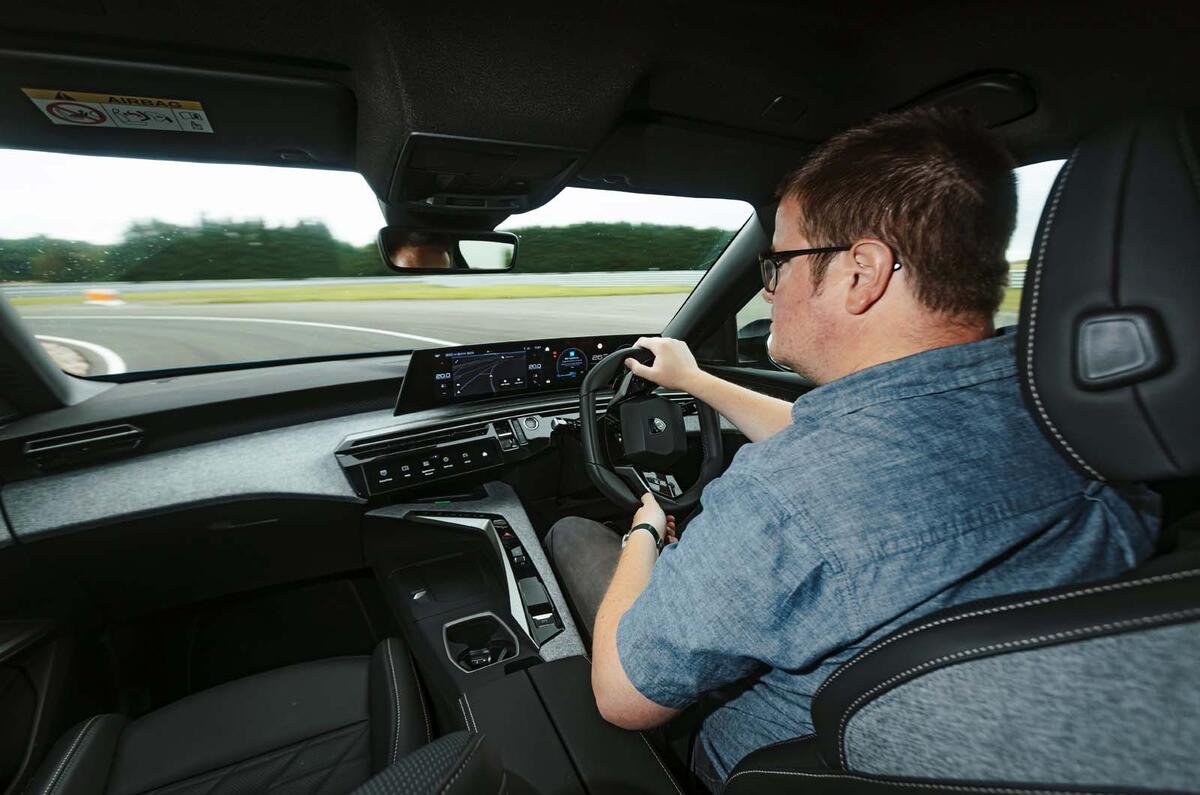
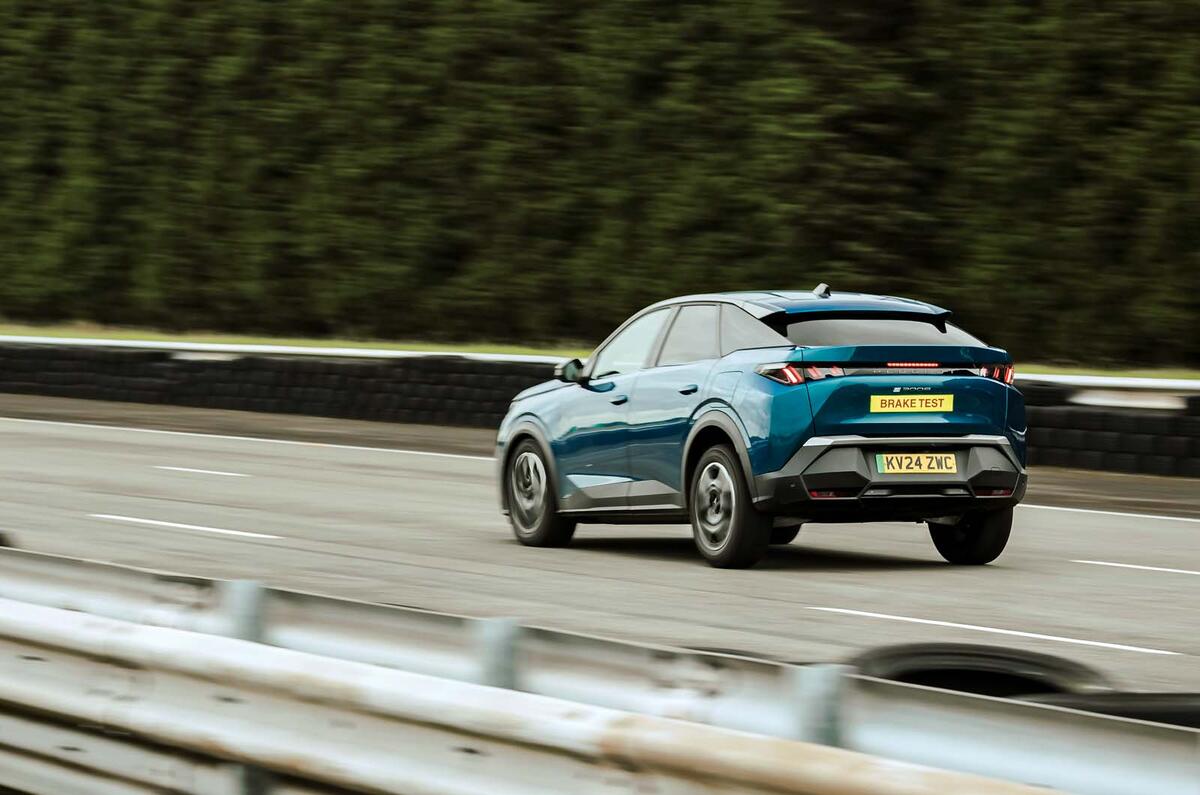
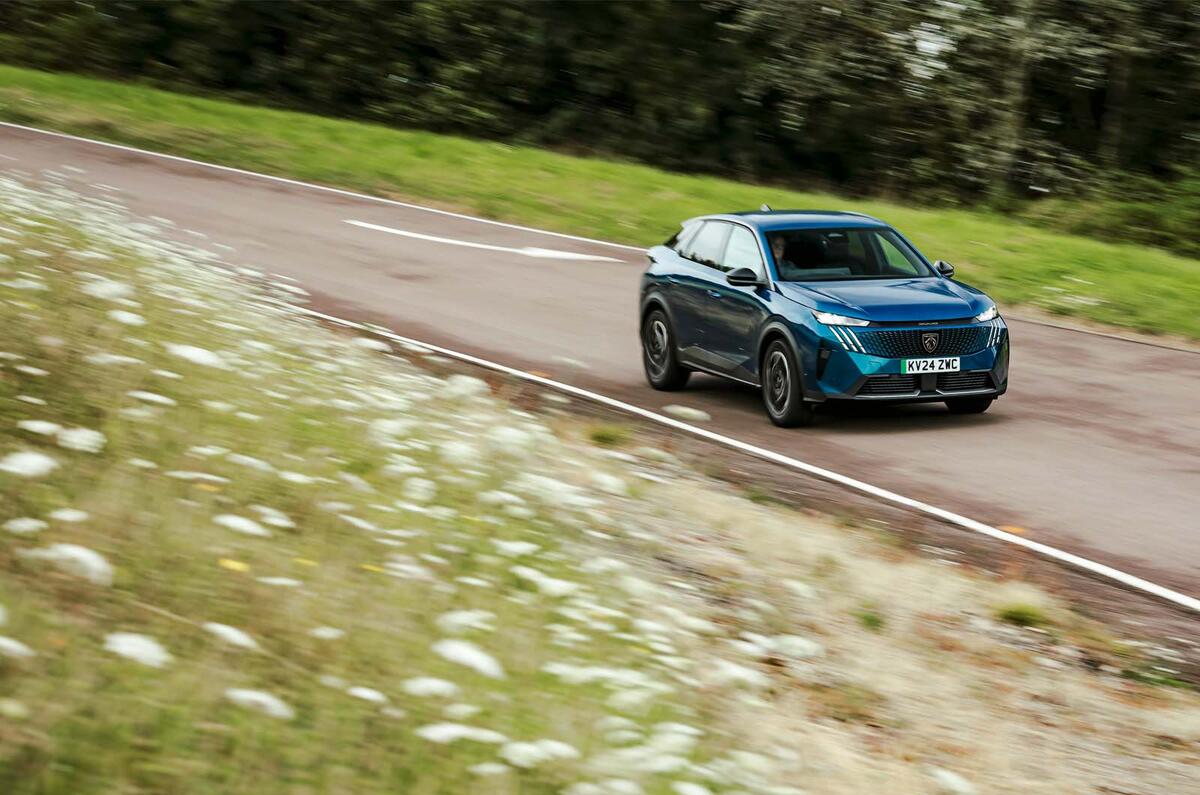
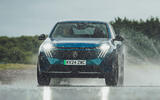
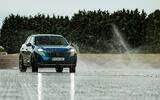

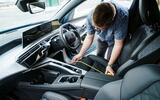
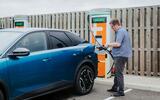
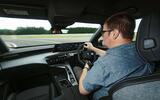
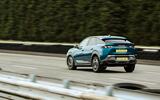
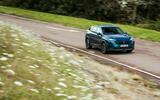











Join the debate
Add your comment
Firstly, efficiency in a combustion car? There is no such thing. Due to thermal losses, a combustion car in real world use is only c.20% efficient. Any EV is 4-5 times more efficient than any combustion car. Secondly, why doesn't Autocar include pollution in its testing of vehicles? CO2, NOx, Carbon Monoxide and particulate emissions for each car should be measured. That would soon give us an accurate picture of how toxic petrol and diesel cars actually are. This includes hybrids, which are still combustion cars. Until they they start to measure pollution, Autocar are not moving with the times at all.
It would be nice if the journalists learnt what a cars "footprint" actually is, its contact point with the ground, rather than its exterior dimensions, which are .... its dimensions.
You footprint fetishists can get your kicks elsewhere.
That's exactly my point.
Dimensions are important to me too, I have a narrow driveway. But the footprint of a vehicle can be important too from a handling and practicality point of view. I just think that professional journalists should know what terms actually mean before they use them.
And there is a classic example of JLR anti-bias waiting in wings.